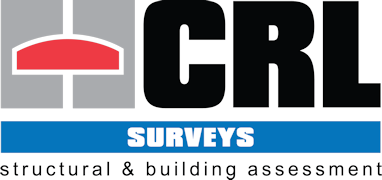Structures for water and effluent processing include both reinforced concrete and brickwork, in many cases of considerable age and always essential infrastructure in the delivery of Customer services. Water and effluent processing can also involve a wide range of pre-stressed and / or post-tensioned concrete structures, many of which have undergone several phases of remediation.
Consequently, working in this market sector, similar to our other sectors, presents its own set of issues which need to be addressed and allowed for, early, whilst remaining flexible enough to complete sometimes critical work in terms of water supply and Health and Safety.
In most cases, overall, processing sites remain operational, with potentially significant issues around temporary shut downs, over-pumping and access. Consequently, close liaison with the Customer and detailed planning are always critical, to maintain high levels of Health and Safety, and Quality, whilst ensuring that we complete our work effectively.
Structures can be exposed to a number of significantly differing environments. Structures are externally exposed to the ravages of the local environment; sometimes exposed in remote, windswept and more or less aggressive locations and sometimes buried or partially buried. Internally the surfaces are exposed either directly or indirectly to the contents, which could be anything from raw water, treatment water and treated water, together with domestic a multitude of industrial effluents. Each environment requires a subtly differing approach in terms of the inspection, survey and investigation methodologies. The interpretation of test data also needs careful and specialist consideration so that the right conclusions are made and remedial works proposals correctly targeted and costs optimised.
Modern standards require raw water for drinking to undergo sometimes significant treatment for the maintenance of quality, with increased production of and environmental considerations for effluent treatment meaning that infrastructure, sometimes of considerable age, is exposed to environments that were not envisaged at design and construction, sometimes many decades earlier. In many cases formerly redundant tanks and chambers have to be re-activated and re-used, involving sometimes extensive modification, which requires structural investigation where design and 'as-built' information is no longer available. In our opinion, investigations on such sites should always include a preliminary site inspection, with a subsequent desk study of available information, so that the structure/s concerned and the various environments of exposure are fully understood and addressed during the subsequent investigations.



